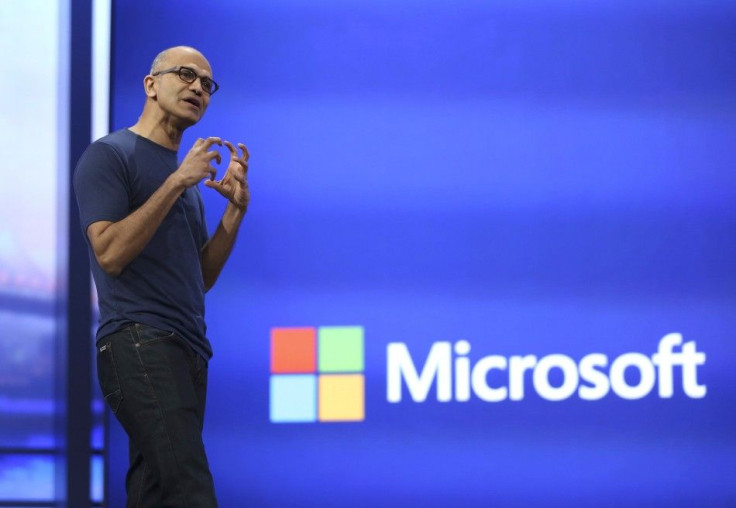Windows 9 'Threshold' To Bring Back Start Menu, Offer Dual Mode Desktop For Tablets and Desktops

Microsoft is expected to introduce some important changes to Windows 9 as it attempts to lure users to continue adopting the latest versions of its OS. According to CNET, there will be enough features built into Windows 9 (codenamed Threshold) to make it appealing enough to current users of Windows 7, so far the most widely used Windows version.
Prime among these will be the return of the start button, a preview of which has already been made at the company's Build developers conference held earlier this year. Users will be greeted with the familiar start menu and is expected to have the option to toggle between a tiled and a more conventional layout for the start menu. However, it still is in the early stages and we are a few months away from coming across anything concrete on this.
Meanwhile, another detail that has emerged is the ability of Windows 9 Threshold to be able to identify the device it is being booted on and act likewise, reports Forbes. For instance, with mobile devices such as tablets and smartphones that are typically touch based, the Windows 9 will offer a tiled interface characterised by live tiles. These are so much easier for touch based operations.
Similarly for desktops, notebook and such that rely on keyboard and mice for interaction, Windows 9 or Threshold will offer a more conventional desktop home screen with a few tiles less to accommodate the mini start button. The thing to note here is that the majority of the traditional forms of computing such as desktops and laptops still remain loyal to Windows 7 and it is this user base that Microsoft will be targeting to lure them into adopting Windows 9.
Things will be even more interesting with dual mode devices such as the Surface or the Transformer series of devices which can function both as a tablet and a laptop. Users will have the option to toggle between the traditional Windows or the Metro Style UI mode depending on the way the device is put to use.
However, there are a lot more that we need to know right now to arrive at the complete picture though unfortunately, there is waiting to be endured in between.





















